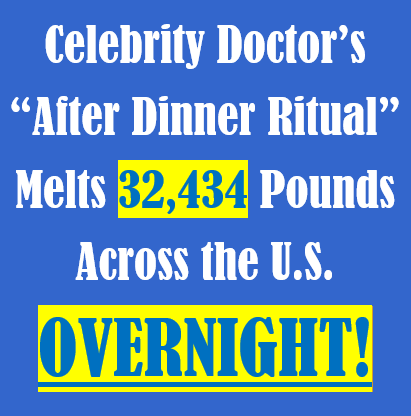Vitamin D is mainly responsible for the absorption of calcium in your body. Vitamin D deficiency can result to the development of bone disorders because your body cannot absorb and retain sufficient amount of calcium and phosphorus which are vital for bone growth and health.
At age 50 and beyond, it is even more important to make sure you get enough vitamin D because at this age bones are prone to becoming weak and fragile. Apart from maintaining bone health, vitamin D also facilitates proper immune system functions and cells communication.
Vitamin D also helps to promote heart health by making sure calcium goes into its proper destination and not accumulate in the blood vessels which may affect blood flow. Studies show that people with the lowest vitamin D are at greater risk of suffering from heart diseases.
Where to Get Your Daily Dose of Vitamin D
Men and women over 50 are recommended an intake of 15 micrograms per day. This amount is established specifically for bone growth, maintaining bone health, and in ensuring sufficient calcium retention in healthy older adults.
Your best source of vitamin D is through sun exposure. This is the reason why vitamin D is also called “sunshine vitamin”. Your body can produce its own vitamin D when you expose your skin to sunlight specifically to the ultraviolet B rays. A type of cholesterol naturally found in your skin is converted into cholecalciferol upon absorbing the UVB rays. Cholecalciferol goes into the bloodstream and travels to your liver then to your kidneys before it is converted into vitamin D which your body can use.
The specific amount of time of sun exposure needed to make enough vitamin D is not known because there are factors that can affect how your body makes vitamin D. One of these factors is your skin color. Dark-skinned people tend to absorb less UVB rays into their skin than lighter-skinned people. Another factor is the amount of UVB rays present in the sunlight during winter.
If your main source of vitamin D is sunlight, you should avoid staying too long under the sun. Too much sun exposure can cause sunburn and increase your risk of skin cancer.
On the other hand, if you are planning to minimize sun exposures by hiding behind a glass while basking on the sun rays or use sunscreen while your outdoors you should know that these measures will prevent your skin from synthesizing vitamin D. You need to expose the skin of your legs, arms, face, and back to the sun’s rays for optimum vitamin D synthesis.
Studies show the best time for sun exposure for vitamin D is from 10 in the morning until 3 in the afternoon. To be safe, go outdoors when the sun isn’t too strong and do not stay under the sun for more than 30 minutes.
Vitamin D can also be taken from your diet. Foods rich in vitamin D are not many, but here are good sources of vitamin D you should include in your diet:
• Salmon
• Tuna
• Sardines
• Milk
• Liver
• Egg Yolk
• Beef
• Fortified Cereals
Still, older adults are among the list of people who are at risk of becoming vitamin D deficient. This is because they do not get enough vitamin D through sun exposure because their skin has aged and is not able to properly synthesize vitamin D like before. They also tend to stay indoors too especially because their strength and energy has diminished. In addition, foods containing vitamin D are mostly high in fats and should be eaten in moderation.
If you do not get enough vitamin D from your diet and through sun exposure, you may take vitamin D supplements.
Vitamin D supplements are available in drugstores and you can buy them without prescription. However, it is better to ask your doctor first if taking supplements is safe for you especially if you suffer from a medical condition or taking any medications that might cause drug interaction.
Your doctor can prescribe the right dosage and can also give you additional instructions when taking the supplement. He or she may prescribe vitamin D alone or a combination of vitamin D and calcium.


 GYM workout
GYM workout Caloric Intake for Over 50s
Caloric Intake for Over 50s Vitamin D for Over 50
Vitamin D for Over 50 Magnesium for Over 50
Magnesium for Over 50 Bodyweight exercises
Bodyweight exercises